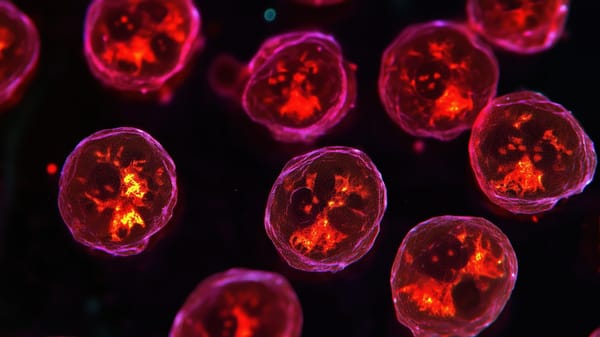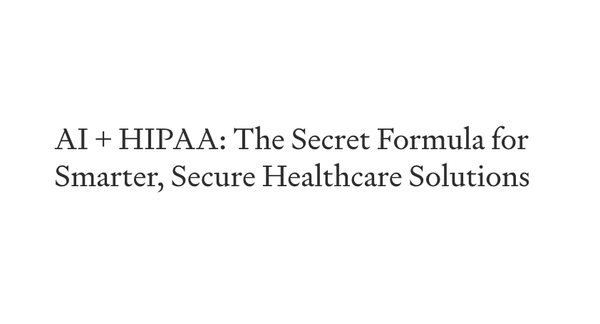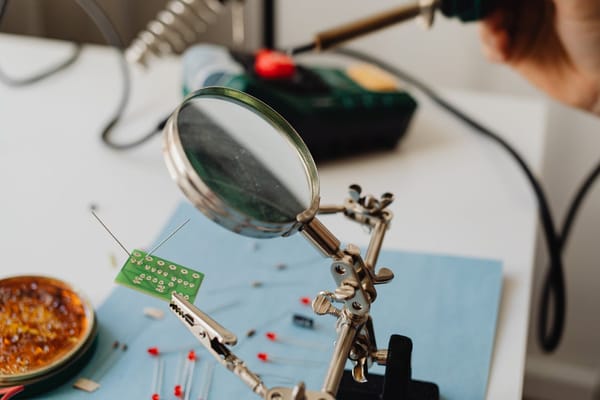From Past to Present: The Evolution of Mental Health Treatment
Table of Content
Possession, humors, witches, hysteria - every society throughout history has conceived of and addressed mental health differently (some more misguided than others). While these conditions have been conceptualized and treated in a wide variety of different ways throughout the ages, modern psychiatry and neuroscience are finally beginning to get to the bottom of these issues.
But we haven’t always had the luxury of brain scans and longitudinal studies run by qualified professionals who received Masters in Clinical Mental Health Counseling online.
It’s easy to hate on Prozac or take talk therapy for granted today, but you might twice about how bad you have it when you see what they used to do to people who were just a bit different…
Very Superstitious
While we might look through the flurry of diagnoses available to the ailing today and assume that we are becoming soft, or that the abstraction and alienation of modern living are beginning to take their toll, the reality is that mental health conditions have been around as long as recorded human history.
As far back as the ancient Sumerians, one of the oldest civilizations known to history, we have records of humans attributing what seem to be clear mental health phenomena to supernatural causes. While today we would readily recognize a case of psychological trauma in someone who had recently lost a loved one and is losing sleep or experiencing extreme distress, Sumerians often attributed such symptoms to spirits known as Edimmu, thought to emerge from the improper burial of the dead. They also tended to attribute any unknown malady or psychotic symptoms to “the hand of a god or a ghost.”
Things didn’t improve much over the next few thousand years.
The Romans and Greeks, sometimes thought to be the peak of human civilization in terms of cultural and technological development until the Renaissance, had questionable practices. They had an interesting habit of attributing any physical or mental abnormality without an obvious explanation to imbalances in what they called the “humors.”
The humors are four bodily fluids thought to govern spiritual and physical health: blood, phlegm, yellow bile, and black bile. These were viewed not just as maladies, but as the basic elemental components of our bodies, the relative balance of which had a direct impact on a person’s everyday well-being, and even their personality.
One with an excess of blood was called sanguine, often associated with people of a more sociable, energetic disposition, also associated with the element of air, a “warm and wet” temperament, and the liver or any imbalance thereof. A person with too much yellow bile was thought to be choleric, of a “hot and dry” temperament, associated with fire: prone to anger and irrational behavior, and problems with the gallbladder.
Someone with a melancholic temperament would be withdrawn, with an earthy, “cool and dry” temperament, prone to issues of the spleen or cancer. A phlegmatic person would have a sullen, “cold and wet” temperament, associated with water and prone to laziness or issues with the brain and lungs. An excess or dearth of these humors could be treated with anything from specific diets to crushed herbs and even bloodletting.
The widespread acceptance of Christianity during the ages of the Byzantine and Holy Roman Empires did not bring any more sane theorems or practices - they arguably became even more barbaric. Early Christian kingdoms tended to associate nearly any malady, plague, or misbehavior with sin and/or possession.
As plagues, famine, and anarchy swept across Europe for hundreds of years, people were liable to blame ills both mental and physical on demonic possession or sinful behaviors, with treatments ranging from lashings to exorcisms.
Too Close for Comfort
After the Renaissance and during the Industrial Revolution, medicine became a progressively more scientific - and less superstitious - practice. While mental health practices perhaps trailed those of the physical disciplines, people at least began to apply a more human, and eventually scientific, mindset to mental health treatment.
The first documented asylum was opened in 1814 by the Quakers of Philadelphia. Their religious background led the Quakers to believe that mental health symptoms were often a sign of moral failing, but their treatment of patients was far more patient and humane than the standard of the time.
Other similar facilities followed, albeit more commonly instantiated by medical institutions. The patience and understanding of the Quakers soon fell prey to the industrial mindset, resulting in over-diagnosis of conditions like hysteria and senility, and normalizing poor treatment of women and the elderly.

Sigmund Freud, often considered the father of modern psychology, was one of the earliest doctors to take an evidence-based approach to psychology. His studies on women suffering from “hysteria,” now more commonly diagnosed as Borderline Personality Disorder, led to his theories of psychosocial development. Freud also had a profound influence as the primary mentor of Carl Jung, the progenitor of the theory of personality types that serves as the basis for most modern theories of personality, including Meyers-Briggs and the Big 5/OCEAN system. While much of Jung’s more esoteric work and theories have been discredited by modern research, his work is still very influential in culture and academia.
Until well into the 20th century, treatments for psychiatric conditions were often still nearly as barbaric as those in medieval times. While outright torturous practices like exorcism or bloodletting had been done away with, it nonetheless became commonplace to institutionalize or conduct life-altering treatments on people with severe mental illnesses without their consent.
Wide varieties of poorly-tested chemical therapies were used without proper doctor supervision; indeed, many drugs that we now consider taboo, like cocaine, methamphetamine, and heroin, were sold over the counter as home remedies for depression or sleep disturbances. Practices like ECT, also known as electro-shock therapy, also became more and more common.
ECT is still used to this day, but the practice has evolved substantially. Nowadays, it is a carefully controlled therapy, using low-voltage shocks targeted at specific areas of the brain. Similarly, partial lobotomies is a practice that has its place, especially in patients with severe epilepsy. Still, the practice has become substantially safer, more precise, and limited in use since it was first practiced in the late 1800s.
The 1960s saw the real beginning of reform and a push for more truly scientific treatment for people with serious mental health issues. The development of the antipsychotic medication Haldol, the mood stabilizer Lithium Carbonate, and the origins tricyclic and monoamine-oxidase inhibiting antidepressants all became certified and more widely acknowledged as standard, humane treatments for schizophrenia, bipolar disorder, and depression, respectively.
The 1960s also saw the rise of the Deinstitutionalization Movement, a push to emphasize the treatment of mental health patients as an alternative to locking them away in asylums.











